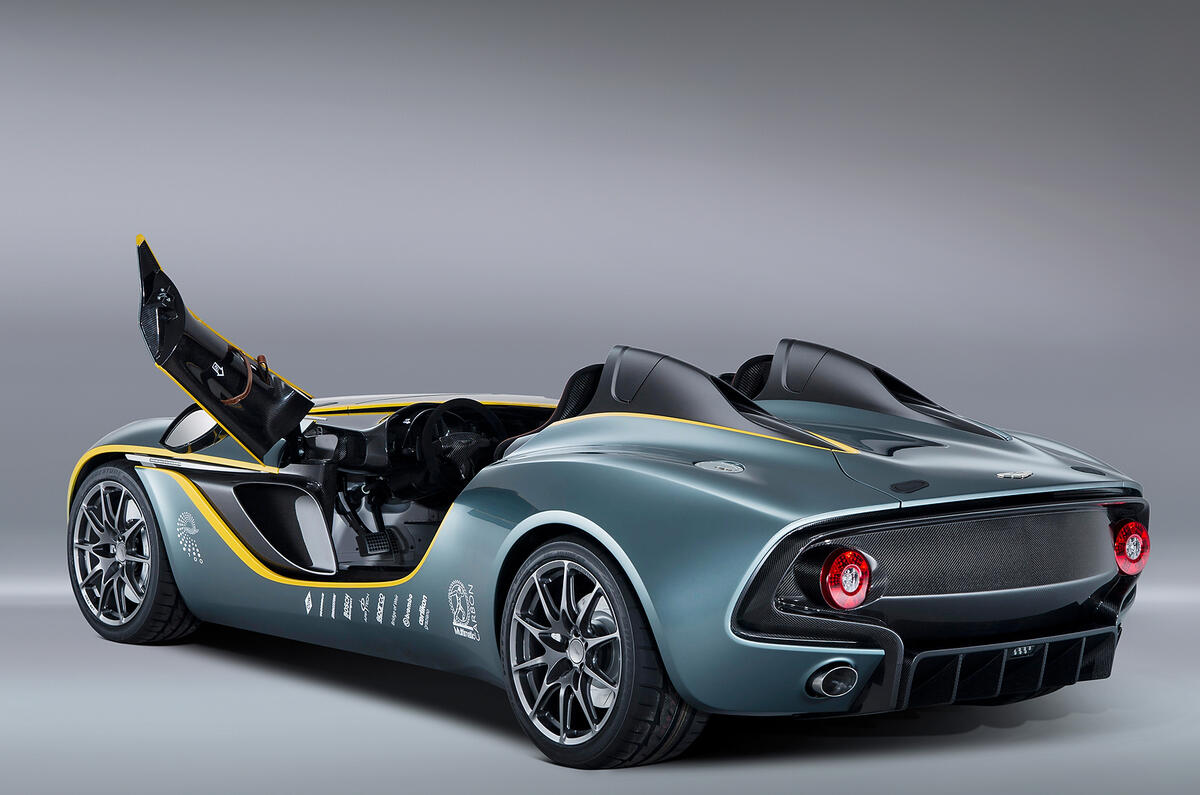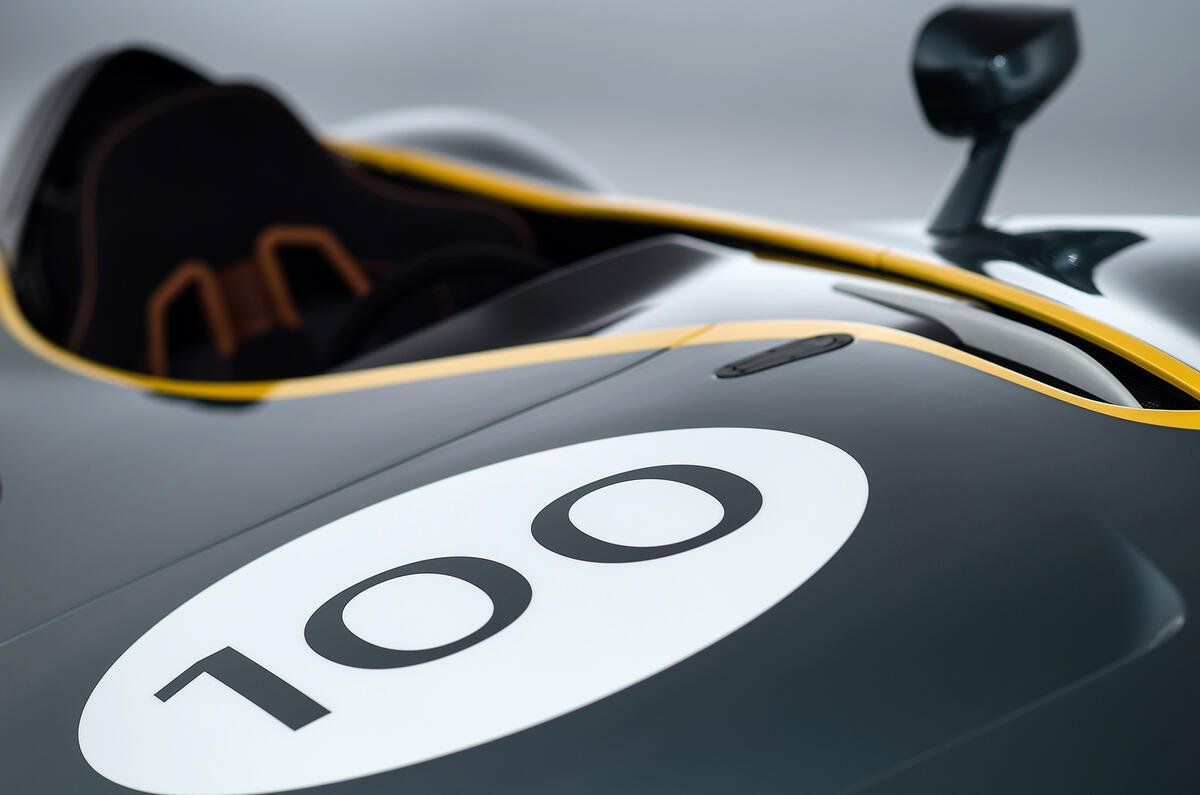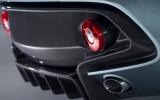Aston Martin has celebrated its centenary with a dramatic new concept car that reveals many clues about the firm’s future design direction.
Called CC100, the new concept also pays homage to Aston’s 1959 Le Mans-winning DBR1 racer by adopting a classic two-seat speedster shape. The CC100 is a fully working prototype capable of more than 100mph and was given its world debut at the Nürburgring 24 Hours last weekend on a demonstration lap driven by Aston boss Ulrich Bez, in formation with a DBR1 driven by Sir Stirling Moss.
The CC100 — it stands for Concept Car in Aston’s 100th year — has close visual links with the DBR1 at first glance. However, further inspection of the CC100 reveals the latest evolution of Aston’s design language and a whole host of flourishes, details and engineering ideas destined for its sports car line-up.
These include the latest interpretation of Aston’s grille design, a dramatic evolution of the firm’s signature side strakes and a new rear-end design that forges closer visual ties with the front of the car.
Underneath the carbonfibre-bodied CC100 is the latest version of Aston’s versatile and constantly evolving VH structure, complete with carbonfibre bonded on to parts of the rear, as with the Vanquish. Power comes from a 6.0-litre V12 engine mated to a six-speed automated manual transmission. The concept is good for 0-62mph in just over 4.0sec and a theoretical top speed limited to 180mph.
There are clues to the future of Aston Martin throughout the CC100 but it is in the design where they are most prominent, as Aston’s design director, Marek Reichman, revealed to Autocar.
“An Aston Martin is always beautiful and timeless, but timeless still can and needs to evolve,” he said. “For instance, we have had a great face with our grille for 60 years, and we’ve evolved it a huge amount here on CC100 while still making it instantly recognisable as an Aston.
“The front grille is now part of the body. It is the bodywork that gives the overall shape of the grille, rather than the grille being a graphic stuck on to the front of the car. Then within that shape you have the grille itself, with an insert giving a mirroring effect.”
The grille insert is intended for more sporting Astons, such as the Vantage. Reichman said that the look of this new grille could be made more luxurious for, say, a Rapide by removing the insert and having the body create the grille’s outline.
The side strake air vent is also now part of the body, rather than being a graphic stuck on the side. It cuts out of the top of the wheelarch, splitting the arch in two, and flows back into the sides for a sculpted, dramatic shape.























































Join the debate
Add your comment
Stunning!
Well given a choice between this or the Lamborghini Egoista I'd have this any day of the week. A truly stunning Aston Martin concept - I hope Aston get enough phone calls from wealthy collectors and enthusiasts for them to consider a small run of maybe 50 or so vehicles. Gorgeous paint colour too.
Interesting new direction for Aston
Some interesting design features on this car will surely help Aston to evolve their current design language into something more contemporary. 1200kg does sound quite heavy for a car with a carbon body, no roof, minimal interior etc. I'd have expected something closer to 1000kg. I have to say, though, those graphics below the 'doors' are a bit cheesy. It's the sort of thing you see plastered on chav's cars, not Aston Martins. Also, DBR100 sounds a more appropriate name for this car than CC100. A pity they changed it.
bmw vision [connect drive] concept?
except they have some